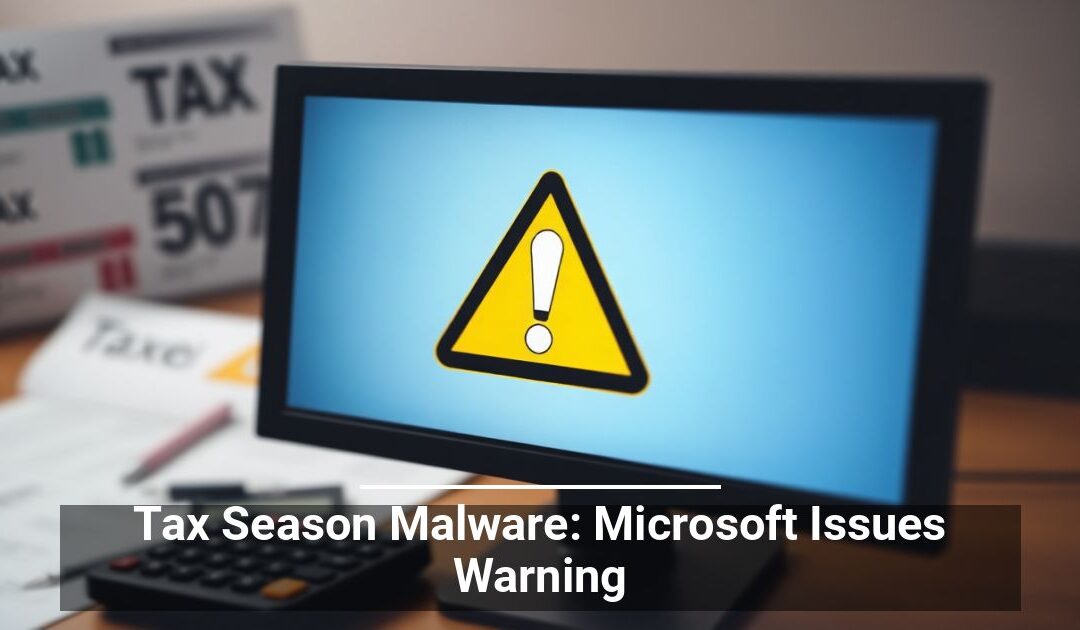 How well can you and your staff detect cybersecurity threats? Microsoft reveals cybercriminals use tax-related lures to deceive companies and breach their systems. Read on and learn more about tax season malware.
How well can you and your staff detect cybersecurity threats? Microsoft reveals cybercriminals use tax-related lures to deceive companies and breach their systems. Read on and learn more about tax season malware.
How Tax Season Becomes a Playground for Cybercriminals
Businesses rush to organize and file taxes whenever April approaches. A flurry of emails, invoices, and documents is flying around, and threat actors take advantage of the chaos. They send fake emails with urgent-looking subjects, such as:
- Unusual Activity Detected in Your IRS Filing
- Notice: The IRS Has Flagged Issues with Your Tax Filing
- Important Action Required: IRS Audit
- EMPLOYEE TAX REFUND REPORT
- Tax Strategy Update Campaign Goals
According to the Microsoft malware alert, these messages contain PDF attachments with malicious links. Some include URLs to login pages that steal usernames, passwords, and other sensitive information. Others have QR codes that redirect you to fake malware-ridden websites.
Hackers evade detection for longer by setting up filtering rules that minimize their footprint. They only proceed with their access methods when they deem the target to be of high value, while the rest receive a benign document as a decoy.
The Best Ways To Prepare for Phishing During Tax Season
With paperwork, deadlines, and so many details to track for tax filing, the last thing you need is a data breach. Protect your establishment with the following steps:
Build a Cyber-Savvy Workforce
Human error remains a top reason cyberattacks succeed. Phishing emails or misleading links often trick people into clicking without thinking.
It never hurts to cross-check messages with the IRS website, verified tax assistance services, and other official sources.
Protecting Data Starts With Authentication
Strong passwords are an excellent defense against tax season malware.
Enable multi-factor authentication (MFA), too.
Monitor for Tax Return Cyber Threats
Consider investing in security software that tracks unusual activity, like login attempts from unknown locations or devices. These tools can also alert you when someone from your company tries to access unfamiliar IP addresses.
Restrict devices and systems to only those who need access. Fewer users make it easier to manage security.
Regularly Update Your Software
Threats evolve constantly, and outdated systems can’t keep up. Updates fix security gaps and improve the performance of your antivirus programs, email security tools, and computer software. Set automatic updates whenever possible so you don’t miss critical patches against tax scam malware.
Take Advantage of Cloud-Delivered Protection
Cloud-based machine learning blocks most new and unknown malware targeting taxpayers. Microsoft Defender Antivirus already has this feature, but many other tools offer similar protection.
Protect Your Business Against the Latest Cyberthreats
Long gone are the days when IRS scam emails were rare. Cybercriminals are now smart enough to abuse file-hosting services, business profile pages, and other legitimate platforms to avoid detection. Why wait for a disaster involving tax season malware when a proactive approach can stop it?


